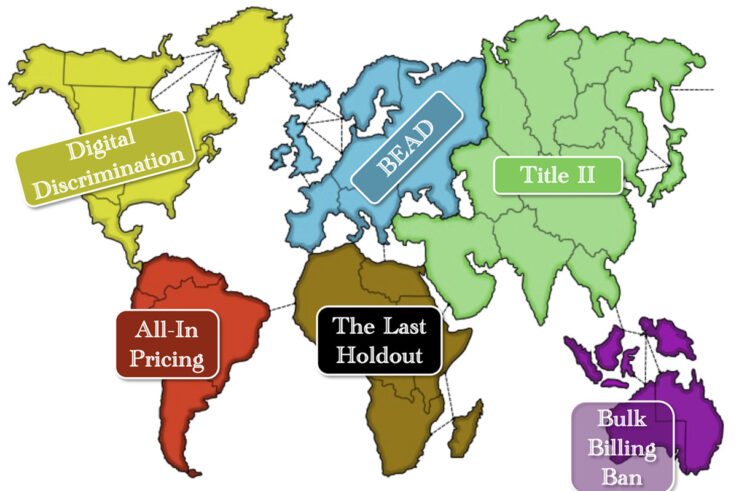This article is a part of the Section 2 Symposium symposium.
The market power section of the Department’s Single Firm Conduct report is one of the strongest sections of the report. It provides an exceptionally clear discussion of the market power element under Section 2. It recognizes, in particular, that a violation of Section 2 requires more than mere market power, but rather a finding of substantial and durable market power – “an extreme degree of market power” as the Fifth Circuit expressed it in Beauville v. Federated Dep’t Stores.
In addition, the report make a persuasive argument that agencies and courts should rely principally on market shares and entry conditions as the primary means of evaluating whether a firm has monopoly power or a dangerous probability of achieving it. As the report notes, courts often say that monopoly power can also be shown through direct evidence, but when one examines those decisions, one finds that courts almost never (and perhaps never) find monopoly power or a dangerous probability in section 2 cases without first finding that the firm has a very large market share. Even in section 1 cases, while the Supreme Court held in NCAA and Indiana Federation that market power can be shown by direct evidence “without a detailed market analysis,” in both cases the defendants’ market shares of the likely relevant market were very high.
The report explains quite persuasively the problems with relying on direct evidence as a basis for finding monopoly power. One type of direct evidence that is frequently mentioned are large price-cost margins, but as the report notes the economics literature raises serious doubt as to whether one can infer anything about the presence or absence of monopoly profits from a company’s profits as reported in its accounting records. Similarly, while some have suggested that the presence of price discrimination might be used to infer monopoly power, most economists now recognize that price discrimination is common in markets in which firms do not have durable, long-run monopoly power.
In this regard, the Justice Department’s views appear consistent with those of the FTC staff, at least as reflected in the FTC staff reports that the FTC has posted on its website. What both agencies seem to believe is that direct evidence may be useful in addition to, but not as a substitute for, an examination of market structure and entry conditions.




